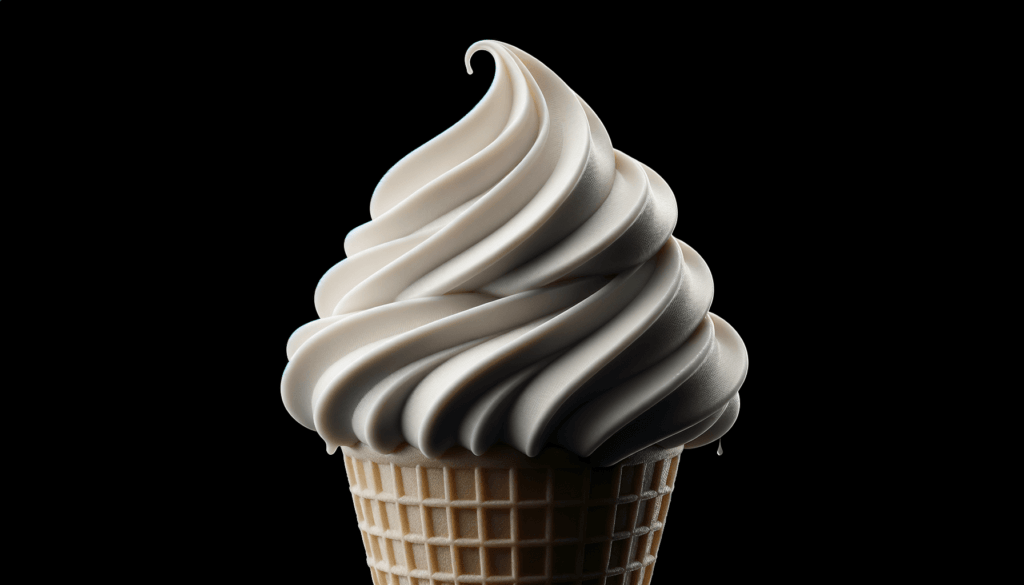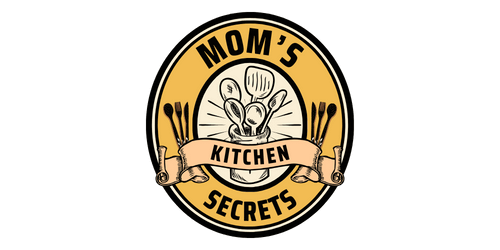If you’ve ever made homemade ice cream, you know the struggle of it turning into a rock-hard block in the freezer. But fear not, because there are quick and easy ways to prevent this from happening. From adding alcohol to adjusting the sweeteners, there are simple tricks that can help keep your homemade ice cream creamy and scoopable every time. Say goodbye to frustrating ice cream battles and hello to delicious frozen treats! When it comes to homemade ice cream, achieving that perfect creamy texture can sometimes be a challenge. Nobody wants to dig into a rock-hard scoop of ice cream, so it’s essential to take the necessary steps to prevent it from getting too hard. Fortunately, there are some quick and easy ways to ensure your homemade ice cream turns out smooth and scoopable every time. So, let’s dive right into these helpful tips and tricks!

Use High Fat Content
One of the key elements in creating creamy ice cream is a high-fat content. Choosing a recipe that incorporates ingredients with high-fat content is crucial. Opt for recipes that call for heavy cream or full-fat milk as these will contribute significantly to the richness and smoothness of the final product. Additionally, adding egg yolks to the mixture can enhance the overall creaminess, giving your ice cream a velvety texture.
Incorporate Air
Whipping the cream before incorporating other ingredients is an essential step in the ice cream-making process. By doing this, you introduce air into the mixture, which helps prevent the ice cream from becoming overly dense. Furthermore, using an ice cream maker with a built-in paddle is highly recommended. The paddle churns the mixture continuously, ensuring that air is incorporated while also helping to control the formation of ice crystals. Remember to follow the recommended churn time for your specific recipe to achieve optimal results.
Add Corn Syrup or Sugar Alcohol
If you want to avoid the formation of ice crystals in your homemade ice cream, consider incorporating either corn syrup or sugar alcohol into your recipe. Corn syrup acts as a stabilizer and lowers the freezing point of the mixture, resulting in a smoother texture. Similarly, sugar alcohol, such as erythritol or xylitol, can be used as a substitute for regular sugar and serves the same purpose. Both these ingredients help prevent ice crystals from forming during the freezing process, resulting in a softer and creamier final product.
Freeze the Mixture Properly
Properly freezing the ice cream mixture is an essential step in achieving the desired texture. Before transferring the mixture to the freezer, ensure that it is thoroughly chilled. This helps minimize the formation of ice crystals and promotes a smoother consistency. Once ready to be frozen, make sure to cover the ice cream container tightly to prevent any air or moisture from seeping in. It is also crucial to place the container at the back of the freezer where it’s coldest, as this will promote even freezing, preventing any hardening.

Add Alcohol
An interesting trick to prevent homemade ice cream from getting too hard is to incorporate a small amount of alcohol into the ice cream base. Alcohol has a lower freezing point than water, so it can help inhibit the formation of ice crystals. Use vodka, rum, or liqueurs in moderation, as they not only lower the freezing point but also add a subtle and delightful flavor to your ice cream. Just remember to maintain a good balance and not overdo it, as excessive alcohol can adversely affect the freezing process.
Avoid Overbeating
While it may be tempting to mix and beat the ice cream base extensively, it is essential to avoid overmixing. Overbeating can lead to a harder texture in the final product, so it is crucial to mix until all the ingredients are just combined. Be sure to follow the instructions of your recipe and stop mixing as soon as everything is evenly incorporated. This will help prevent the ice cream from becoming overly dense, resulting in a more enjoyable and creamy texture.

Use a Good Quality Freezer-Safe Container
Another factor to consider when making homemade ice cream is the container in which you freeze it. Investing in a sturdy, airtight container is highly recommended. Steer clear of containers that allow air or moisture to seep in, as they can lead to the formation of ice crystals and result in a hard and unpleasant texture. Glass or plastic containers with a tight seal work best, ensuring that your ice cream stays smooth and scoopable.
Store the Ice Cream Properly
Proper storage of your homemade ice cream plays a significant role in maintaining its creamy consistency. To prevent the ice cream from getting too hard, place it deep in the freezer, away from the freezer door. The temperature near the door tends to fluctuate more, which can affect the texture of the ice cream. It is also crucial to keep the freezer’s temperature consistently low to ensure that the ice cream remains soft and enjoyable to scoop.

Add Flavorings and Mix-Ins
To enhance the taste and texture of your homemade ice cream, consider adding flavorings and mix-ins to the base. Chopped fruits, such as berries or bananas, can add moisture to the mixture, preventing it from becoming overly hard. Similarly, adding chocolate chips, nuts, or even cookie dough chunks can add delightful textures and flavors to your ice cream while simultaneously preventing it from freezing too solid.
Serve with a Softening Method
Lastly, if you find that your homemade ice cream has become too hard after being stored in the freezer, there is a simple trick to soften it before serving. Remove the container from the freezer a few minutes before serving and allow it to sit at room temperature to soften slightly. This will make the ice cream easier to scoop and will prevent it from being too hard, ensuring that each spoonful is a delightful and creamy treat.
By following these quick and easy tips, you can ensure that your homemade ice cream retains its smooth and creamy texture without becoming too hard. So, embrace your creativity, experiment with flavors, and enjoy the process of making your own delicious and perfectly textured ice cream. With these techniques, you’ll impress your friends and family with each delightful scoop!


